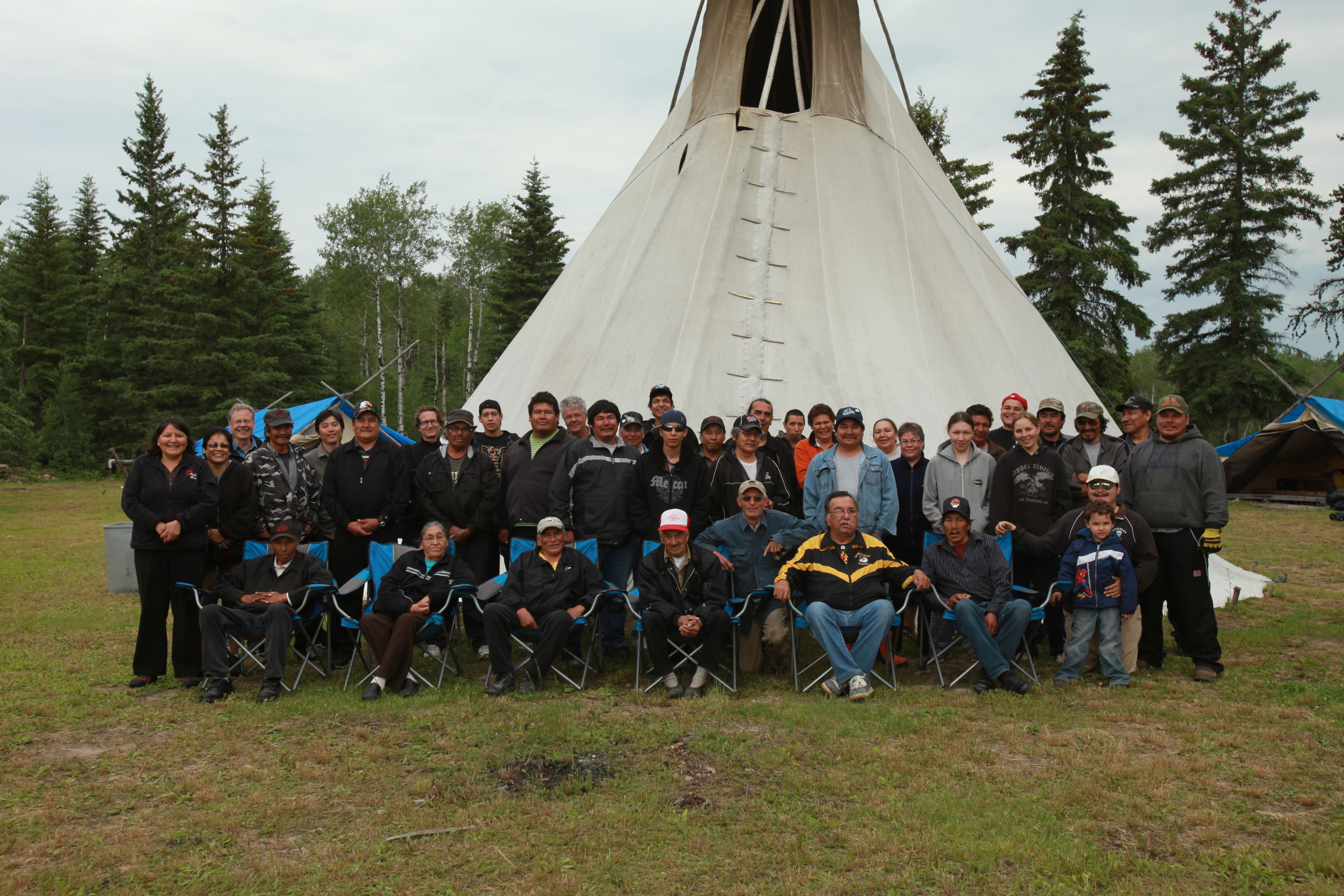

First Nations started a process to define Ancestral Lands by completing land use and occupancy studies, archaeological research, moose habitat studies, historical documentation, and community-based land management plans. From 1999, they started the dialogue on the importance of Ancestral Lands, way of life, industrial threats and how they could work together and help each other. In 2002, the First Nations Accord was signed, a historical document describing the commitment to work together to protect Ancestral Lands. The impetus for creating a not-for-profit charitable corporation with a Board of Directors was to have a forum for continued and regular dialogue, consensus-based, non-hierarchical decision-making and a legal entity that could make contracts, raise funds, and develop a World Heritage nomination dossier. The Corporation was established in 2006 with a Board consisting of one representative from each First Nation and Provincial Government. An Executive Director oversees operations and provides support and advice. The mission is to acknowledge and support Anishinaabe culture and safeguard the boreal forest, preserving a living cultural landscape to ensure the well-being of Anishinaabeg and for the benefit and enjoyment of all people.
- First Nations’ Accord signed in 2002 to work together to protect Ancestral Lands.
- Interprovincial Wilderness Area (Manitoba & Ontario) MoU signed in 1998 to work together on planning and management of adjacent provincial parks.
- IUCN call for WH nominations on boreal shield ecosystems in 2003.
- Willingness of Manitoba & Ontario Governments and the four Pimachiowin Aki First Nations to work together on a nomination.
- Provision of funds by the provinces to establish the Pimachiowin Aki Corporation.
- Need for predictable levels of support -not only annual government grants- to contribute to financial sustainability and greater staff retention.
- Importance of strategic planning and leadership development.
- Need to enhance the organization’s ability to leverage financial and human capital, improve grant management, allow for longer-term evaluations, strengthen programs and reach out to donors who want to help build a program.
- Ensure wide and frequent engagement/participation of all partners in defining vision, mission, charitable purposes, and duties of Directors.
- The Corporation is successful not only because certain procedures are in place to channel information and communication, but because it fosters a culture that values people learning from one another, and recommends ways of building capacity and creating opportunities in areas where challenges currently exist.